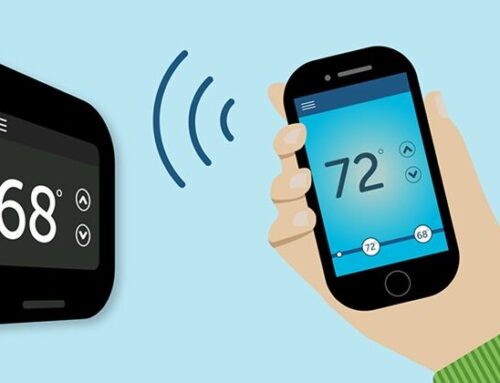Your Refrigerator Could Be Harming the Planet!
In refrigerators, freezers,and even AC’s all around the world, refrigerant is pumped through pipes to keep products cold. These refrigerants are almost always hydrofluorocarbons (HFCs), greenhouse gases that are 1000 times more harmful than carbon dioxide but necessary for cooling. Hydrofluorocarbons pose a threat when they escape through leaks and enter the atmosphere.
Last week the Environmental Protection Agency requested a report from companies detailing data about production and import of HFCs. The recently-passed American Innovation and Manufacturing Act requires the EPA to reduce production and import of HFCs by 85% in 15 years.
Currently, supermarkets lose around 25% of their refrigerant to leaks every year and a survey of 45 large supermarkets found leaks in 55% of them. However, this isn’t just an issue found in commercial stores. While commercial refrigeration (stores, restaurants, food processing centers) is responsible for around 28% of HFC emissions in the US, air conditioning in buildings and homes makes up 40-60% of emissions.
The main cause of refrigerant pollution is leaks that go undetected for extended periods of time. Not only do refrigerants escape and pollute the atmosphere, the equipment also becomes less efficient and more prone to breakdowns as it loses a main cooling component.
So what can I do?
-
- Sign up for a preventative maintenance contract to have regular leak inspections- Undetected leaks are posing one of the biggest dangers to the climate. By signing up for a preventative maintenance program, whether you’re a residential or commercial customer, you’ll have a technician regularly cleaning and inspecting your equipment for leaks and damage. You’ll be able to cut down on your refrigerant pollution while also optimizing your equipment’s efficiency and saving money on repairs and energy.
- Upgrade to carbon-dioxide refrigerants- More and more supermarkets are choosing to convert to cleaner refrigerants, including carbon dioxide refrigerant. Already, 600 stores in the US have switched to low-impact refrigerants, as well as 26,000 supermarkets across Europe.
- Upgrade refrigeration and AC equipment- Most AC and refrigeration equipment has a lifespan of up to 15 years. As equipment gets older, it’s more prone to leaks, damage, and breakdowns. All of these can be prevented by upgrading aging equipment. While costlier upfront, this can save you money and hassle in the long run while also improving your carbon footprint.
If you’re interested in upgrading, repairing, or starting preventative maintenance for your AC and refrigeration equipment in the Sacramento area, call Express Refrigeration today!










